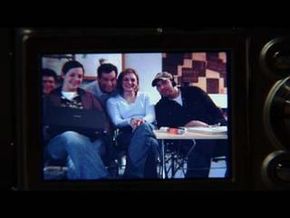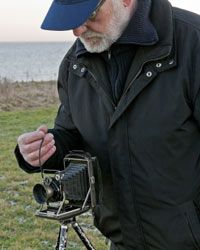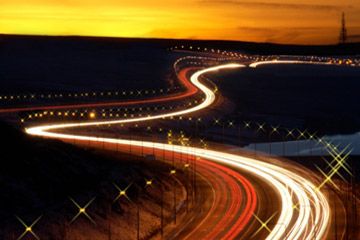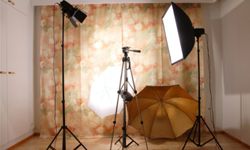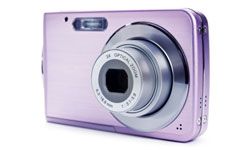Before you start practicing slow shutter speed photography, it's important to have a thorough understanding of what shutter speed is and how you can use it. Shutter speed refers to the amount of time the camera’s shutter is open to expose light onto the camera sensor. Essentially, it's one of the key elements in the exposure triangle, which also includes aperture and ISO.
Shutter speed settings are typically measured in seconds or fractions of a second. The longer the shutter stays open, the more light hits the sensor, which can be used to create various effects in your photos. For instance, a slower shutter speed allows more light into the lens, which is ideal for low-light conditions or for creating a sense of motion. On the other hand, fast shutter speeds are great for freezing motion and perfect for capturing quick-moving subjects without blur (think fast cars or sports events).
Most digital cameras offer a range of shutter speeds, from very fast (like 1/4000th of a second) to very slow (up to 30 seconds long) and sometimes even offer a bulb mode for longer exposures. The choice of shutter speed can dramatically affect the look and feel of your images. It's not just about exposure, but also about artistic expression—whether you're blurring the waves of the ocean or capturing the swift action of a soccer player.
When working with different shutter speeds, it's also vital to consider the focal length of your lens. The rule of thumb is that to avoid camera shake, your shutter speed should be at least 1/focal length of the lens. For example, if you’re using a 50mm lens, your shutter speed should be no slower than 1/50th of a second without a tripod.
By understanding these concepts and mastering the use of shutter speed settings, you can significantly enhance the creative control you have over your photography.
